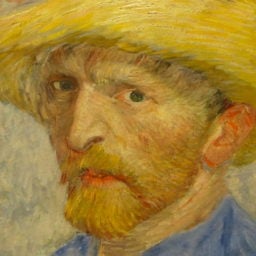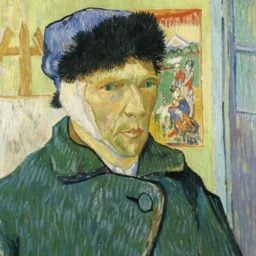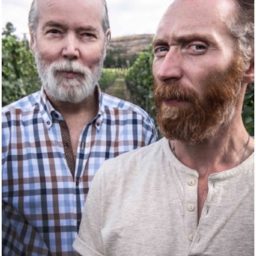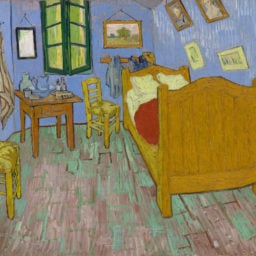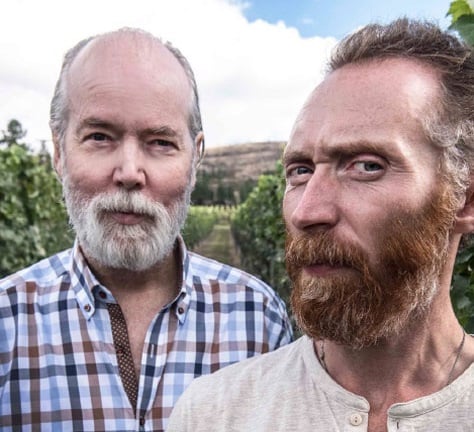

Daniel Baker from Dorset has won Douglas Coupland’s Vincent Van Gogh lookalike competition and he does indeed bear a strong resemblance to the Post-Impressionist master.
Baker, an actor, was selected out of 1,250 entries from 37 countries to win €5,000 (£4,180), and will have a 2 x 3 meter bronze bust of himself presented at Martin’s Lane Winery in Ione, Canada.
500,000 votes were cast in the competition I Am Vincent, organized by Coupland, who embarked on a worldwide search this past summer to find the subject who looked most like the legendary Dutch painter.
“Meeting Dan was a very strange experience because I’d spent months looking at Vincent lookalikes on a computer screen, Coupland told the BBC. “Suddenly there was this man—my Vincent van Gogh—hopping out of a taxi looking like he’d just stepped out of the year 1889.”
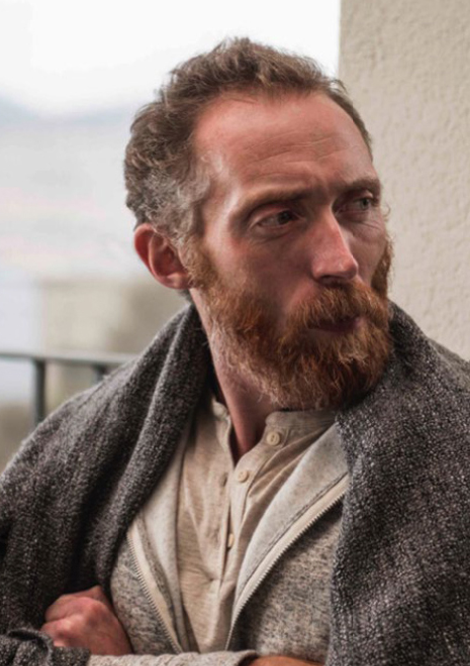
The likeness is astounding. Courtesy www.iamvincent.com
Baker was flown to Canada to have his photograph taken before he realized he has won the competition.
“They made a 3D scan of my head and then announced the prize at a special presentation,” he told the BBC. “I was completely and utterly overwhelmed, ecstatic. It was a wonderful experience.”

Vincent van Gogh Self Portrait (1889). Courtesy of Wikimedia Commons.
The inspiration for the project was born out of Coupland’s fascination with redheads and the fact that they are as rare in nature as the Pinot Noir grapes grown at the vineyard where the statue will be installed, with Van Gogh being possibly one of the most famous redheads in history.
“Redheadedness is the most recent successful human mutation,” Coupland’s editor’s letter explains. ”Today, redheads make up 2 percent of the world’s population. It appears in people with 2 copies of a recessive allele on chromosome 16, which produces an altered version of the MC1R protein. This is a complex way of saying there is no way of telling when a gene is going to change or what sort of characteristic it will bring about,”
Coupland, who is best known for his work as an author, having penned novels such as Generation X (1991), Microserfs (1995) and Girlfriend in a Coma (1998), started making art around the year 2000 and has since exhibited around the world.

